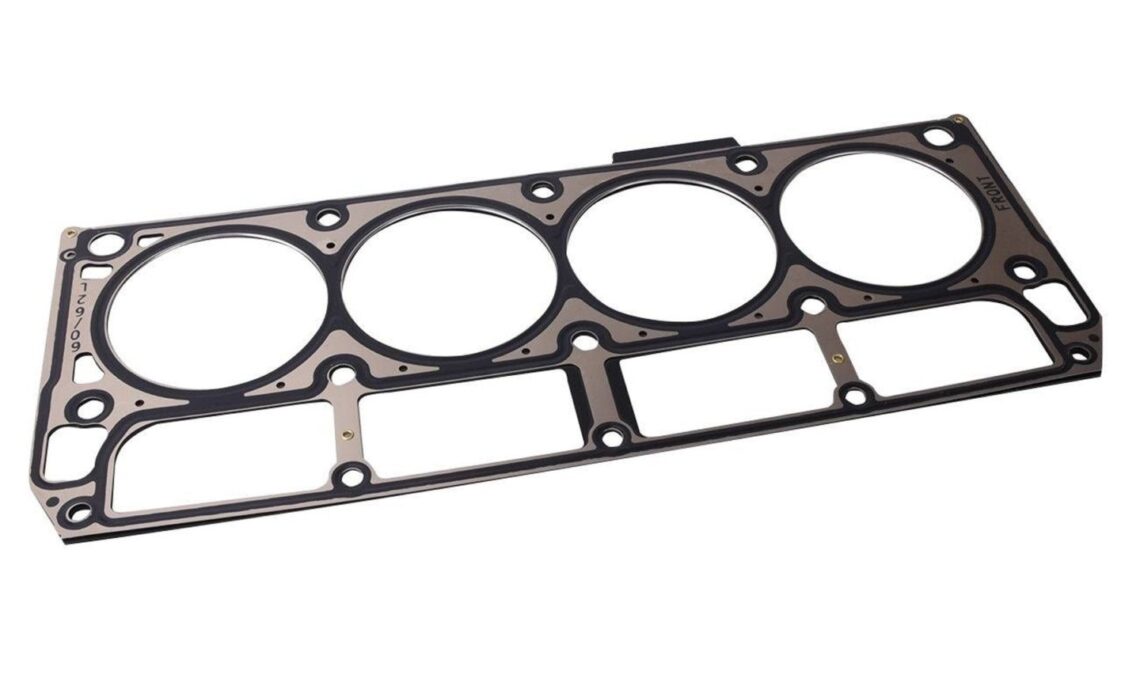Head gaskets are the gatekeepers of the combustion chamber — they make sure the fire stays inside where it belongs. The amount of pressure and heat a head gasket is exposed to is tremendous in a high-performance engine application. If you don’t select the right head gaskets for your application, there’s a good chance you’ll be replacing head gaskets on a regular basis.
There’s a good amount of science that goes into head gasket design for high-performance engines. Dave Sutton from Engine Pro explains what role a head gasket plays in an engine’s operation.
“The goal of the head gasket is twofold. First, it must keep the expanding gases trapped within the cylinder pressing down on the piston crown and not allowing them to escape from between the head and block. Uncontrolled combustion — basically an explosion inside your engine — will test the limits of head gasket construction. We’ve come a long way since the 6:1 or 7:1 compression ratio engines and flat copper head gaskets of the past. The second and more difficult task is keeping fluids sealed. Achieving the proper balance between sealing combustion and fluid is the science.”
The two most popular types of head gaskets for a high-performance engine are the solid steel core style and Multi-Layer Steel (MLS) gasket. These gaskets are designed to deal with increased cylinder pressures of a big-horsepower engine.
“A solid steel core head gasket with a composite and/or graphite coating will work well in many performance applications, especially in engines with five or more head bolts per cylinder. When a single steel core won’t do the trick on your high compression or power-adder builds, you’ll want to look at an MLS gasket. With three, five, or even seven layers, these stainless steel gaskets are designed to hold tremendous cylinder pressures, and are the best choice for forced induction engines as well,” Sutton explains.
The MLS gasket offers the best sealing properties for most…
Click Here to Read the Full Original Article at DragzineDragzine…


